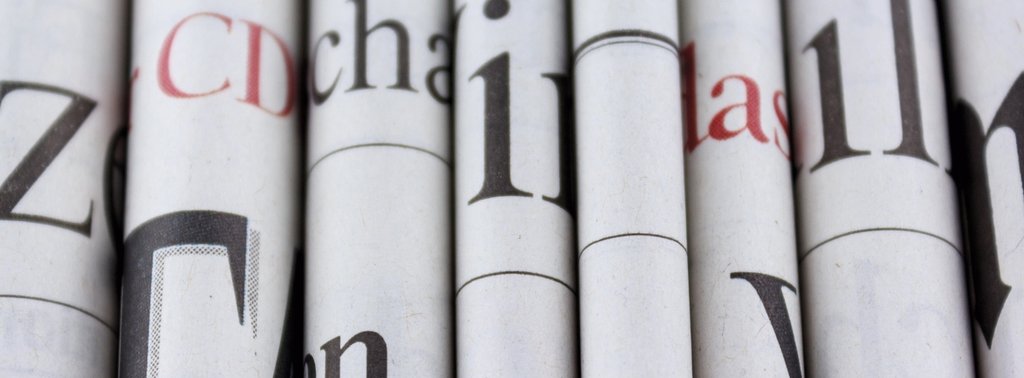Underwater Investigation of Shipwreck Parts in the Bay of Greifswald Enters Second Phase
Oct. 31, 2008 | Zug | This week saw the second phase of an operation start to undertake the detailed investigation of remnants of a shipwreck that have been lying on the seabed of the Bay of Greifswald for nearly 300 years. A team of eight specialist research divers are now surveying the shipwreck artefacts and documenting their findings. The divers have already come up with early results on the position and condition of the artefacts, which are due to be salvaged in the spring of 2009. They are working in close collaboration with the State Bureau for Culture and Care and Preservation of Ancient Monuments and Artefacts of Mecklenburg-Western Pomerania (LKD M-V).
Jens-Peter Schmidt, an archaeologist with the LKD M-V says of the wreck: “The Swedish navy ballasted the ships they sunk with rocks. Wind and wave over the last 300 years have done the rest. What remains of the wreck today is largely covered in sand and rock. Large parts of the ship have been borne away by the current, and the wood that’s still there is heavily rotted.” Initial results show that the beams and planks from one side of the ship are all that remain. But for Jens-Peter Schmidt and his team, every piece of the ship they find is significant. Each find gives them important clues about the development of shipbuilding methods in the region
Surveying and documentation of the find is in full swing
During the first two weeks of the operation, the divers put in place surveying equipment and documented the exact position of pieces of the wreck. Measuring tapes sunk into the seabed above the wreck are providing the co-ordinates for photo and video charting of the site. In addition, the divers have dug a seabed trench at right angles to the ship. That has allowed them to get close enough to prepare a provisional image of the artefacts without completely exposing them. The image provides some information about the position of the wreck, its condition and the composition of the various layers of wood, sand and rocks.
Salvaging of the shipwreck parts planned for spring 2009
In coming days, a second and possibly a third trench will be dug to allow the team to undertake further imaging. Nord Stream project manager Jens Lange and the diving team of the LKD-MV hope this will provide further insights into the position and condition of the shipwreck artefacts. The investigations are expected to continue for a further two weeks yielding information that will be the basis for the salvage operation. Project manager Jens Lange says: “Our plans so far are to raise the shipwreck parts in the spring of 2009 and then to re-submerge the ship again in a freshwater lake. Because so little of the wreck remains, the salvage operation will probably be less intricate than we originally thought.”
The ship was one of 20 sunk in 1715 by the Swedish navy to create a physical barrier across the shallow entrance to the Bay of Greifswald coastal lagoon. It will be salvaged to clear a roughly 60-metre wide path to install the Nord Stream Pipeline. The entire operation is being financed by Nord Stream AG.




